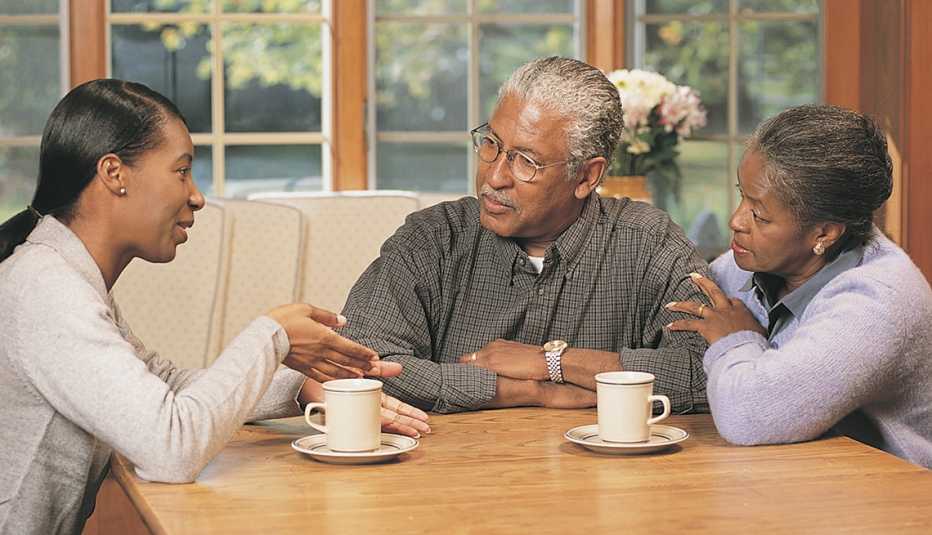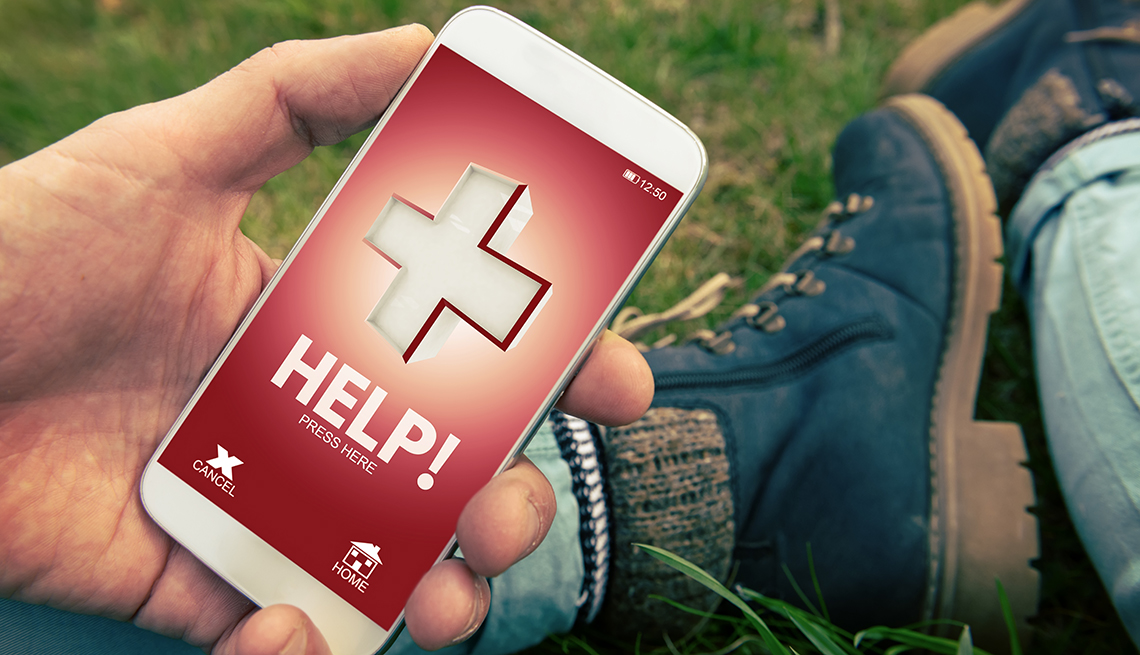Staying Fit


No one wants to think about a natural disaster striking the area where an older loved one lives, but creating an emergency plan so you’re ready before a tragedy happens is wise.
Fires, floods, hurricanes, tornadoes and other disasters can happen any time of year. Given the increasing frequency and severity of intense weather and other so-called natural disasters, it may not be a case of if, but of when.


AARP Membership— $12 for your first year when you sign up for Automatic Renewal
Get instant access to members-only products and hundreds of discounts, a free second membership, and a subscription to AARP the Magazine.
“The three steps to preparedness … include making a plan, making a kit and being informed,” says Lauren Kraemer, an associate professor of practice in the College of Public Health and Human Sciences at Oregon State University Extension Service who gives seminars on disaster preparation and aging. “Those are kind of three main pointers if I were to distill lots and lots of information down to three things that hopefully you’ll remember.”
Your loved one probably has no plan yet
Don’t assume someone else has established a disaster plan. A 2023 AARP survey of adults 50 and older found that while 60 percent said they felt prepared for a natural disaster, few had taken steps to get ready. About 1 in 3 do not have extra prescription medicine, almost half don’t have emergency phone chargers, only 12 percent follow local authorities on social media and only a handful have made copies of important documents for a bag they can grab if they must leave home nor placed them securely in the cloud for access from anywhere they can find Wi-Fi.
While most public health departments have conducted disaster preparedness programs, these aren’t necessarily designed to address the needs and challenges of older adults, Kraemer says. Yet, older adults are especially vulnerable during and after disasters because of chronic health conditions, mobility challenges and slower reaction times.
“Take preparatory steps in [nonemergency] times so that when an emergency does occur, there’s a plan in place for what older adults and family caregivers should do,” says Andrew B. Crocker, a gerontology and health specialist at the Texas A&M AgriLife Research and Extension Service in Amarillo. Here are key steps to take, depending on where your loved one lives:
Have a plan to evacuate from home
Urge your loved one to keep the car gassed up — if he or she is still driving — and keep first aid kits and easy-to-hold battery-operated lanterns in easy-to-remember places. You’ll also want to:

















































































More From AARP
Find the right documents to help parents with medical decisions
Three forms grant caregivers permission to consult with a parent’s doctor, access medical records, and more.
Quiz: Are You Ready to Survive a Natural Disaster?
Floods, tornadoes, wildfires hit quickly in unexpected places
You Can Store Medical Records on Your Phone. Is That Healthy?
Encrypted electronic options for iPhones, Androids weren’t possible a decade ago